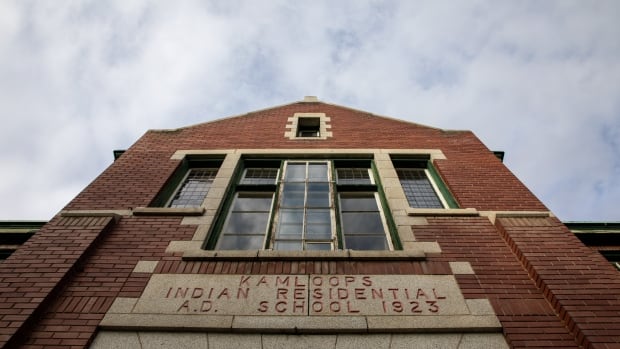"Reconciliation at Last: Tk?emlúps te Secwépemc and Catholic Church Acknowledge Harms of Residential Schools
In a long-awaited and historic moment, Tk?emlúps te Secwépemc and the Vancouver and Kamloops arms of the Catholic church have come together to sign a Sacred Covenant. This covenant is a pivotal step towards acknowledging the harms caused by residential schools and the role the Catholic church played in perpetuating these injustices.
A Step in the Right Direction
During a news conference on Wednesday, Tk?emlúps te Secwépemc Kúkpi7 Rosanne Casimir expressed the significance of this momentous occasion by stating, "The signing of this sacred covenant is a step in the right direction. We all need to rebuild our relationships at every level and walk this journey together." Archbishop J. Michael Miller echoed this sentiment, emphasizing the church’s commitment to working with Tk?emlúps te Secwépemc on a path to healing.
Agreed Upon Truth
Central to the Sacred Covenant are the agreed-upon truths about the history of the institution. The Catholic Church now acknowledges the profoundly negative consequences of Indian Residential Schools on Aboriginal culture, heritage, and language. The tragic accounts of emotional, physical, and sexual abuse, as well as the neglect of helpless children, have cast a dark shadow over any positive experiences some former students may have had at these schools.
Additionally, both parties have committed to taking further action to honor these truths and work towards reconciliation. This includes establishing memorials for the children who were forced to attend residential schools, providing mental health support, and collaborating on investigations into the atrocities that occurred at these institutions.
Setting a Precedent for Reconciliation
As the Sacred Covenant is signed and sealed, it paves the way for future agreements and relationships between Indigenous communities and Christian entities. Chief Rosanne Casimir and Archbishop Miller are hopeful that other Indigenous and Christian communities across the nation will follow suit and take steps towards reconciliation.
This agreement sets a template for fostering understanding, healing, and unity among different groups. Casimir encourages others to build and establish similar relationships to ensure meaningful steps are taken towards reconciliation.
In a powerful conclusion to this chapter of history, the coming together of Tk?emlúps te Secwépemc and the Catholic Church signifies a poignant moment of acknowledgment, healing, and commitment to a better future for all involved. Let this be a reminder that through understanding, empathy, and collective action, true reconciliation is not only possible but essential for moving forward as a united and compassionate society."















